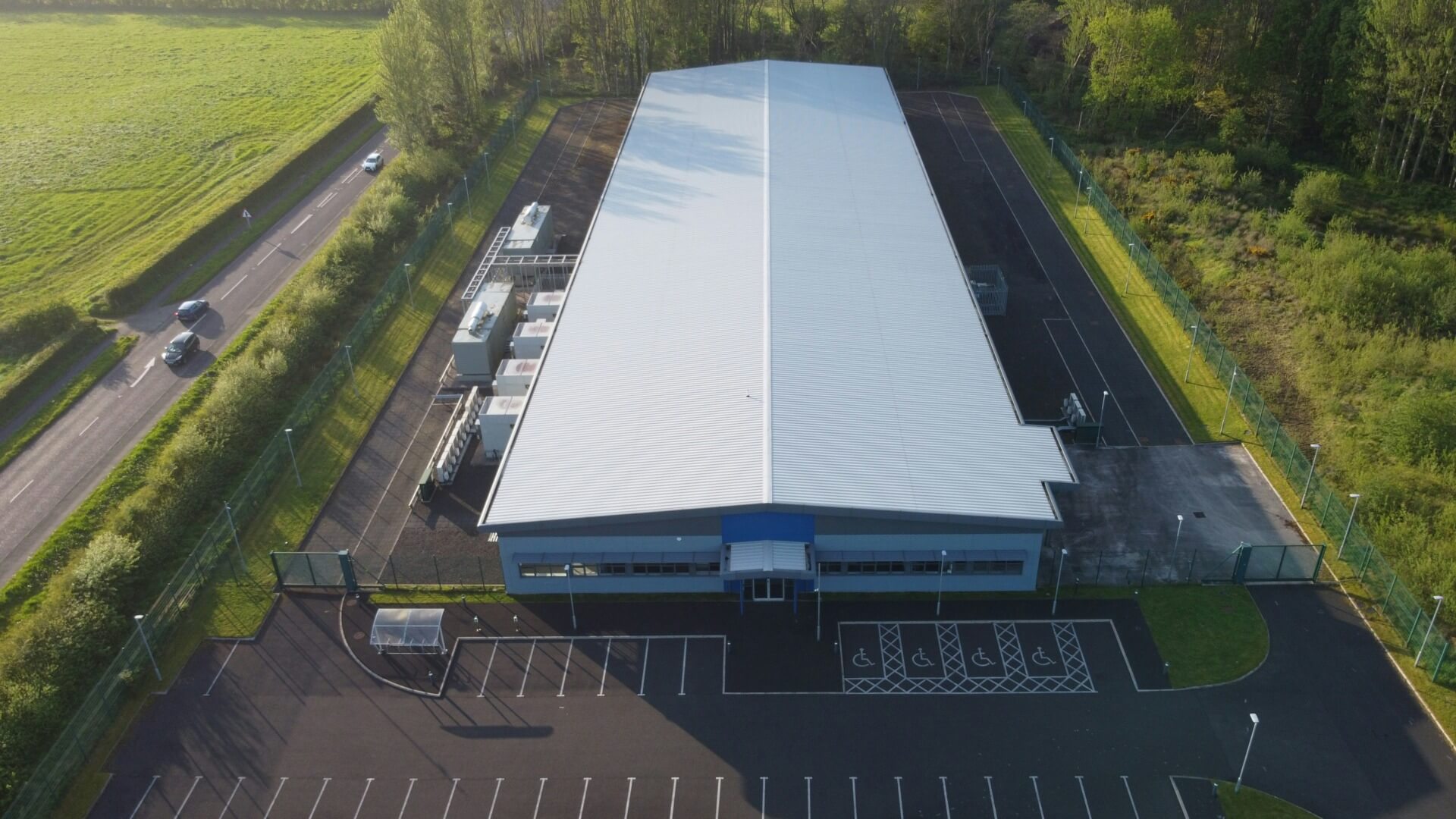The concept of Artificial Intelligence (AI) has been around since the 1950s, but the technology has evolved at an accelerated pace in recent years. Ever since companies like OpenAI commercialized access to their models, generative AI has been in the hands of the global population and is being used as a part of their workflow.
While a great deal of excitement surrounds this technology, its environmental consequences, which remain difficult to quantify, cannot be ignored.
The environmental impact of AI: Energy, emissions, and water usage
Each time you use a model, perhaps by asking ChatGPT to summarize an email, the computers that perform that operation consume energy, about five times more than a basic web search, researchers say.
“But an everyday user doesn’t think too much about that,” says Noman Bashir, lead author of a 2024 paper, “The Climate and Sustainability Implications of Generative AI”, co-authored with MIT colleagues. “The ease-of-use of generative AI interfaces and the lack of information about the environmental impacts of my actions mean that, as a user, I don’t have much incentive to cut back on my use of generative AI.”
But generative AI costs are not just limited to its use; there is a long process of training the model before it is able to produce coherent results. This training happens in large data centers and requires a lot of electricity.
“What is different about generative AI is the power density it requires,” says Bashir. “Fundamentally, it is just computing, but a generative AI training cluster might consume seven or eight times more energy than a typical computing workload.”
Data centers are temperature-controlled buildings that house computing infrastructure. Big companies like Amazon have hundreds of data centers around the world.
 Data center consuming electricity for generative AI model training, Coleraine, May 6, 2024. Photo Credit: Geoffrey Moffett.
Data center consuming electricity for generative AI model training, Coleraine, May 6, 2024. Photo Credit: Geoffrey Moffett.
The power required for training models like GPT-3, built by OpenAI, is hard to determine. Scientists from Google and the University of California at Berkeley estimated in 2021 that training this model alone consumed about 1,286 megawatt hours of electricity and generated around 552 tons of carbon dioxide.
But electricity isn’t the whole price of this technology, as data centers use enormous amounts of water during construction and later to cool electrical components. According to one estimate, AI-related infrastructure globally may soon consume six times more water than Denmark, a country of six million. A quarter of humanity already lacks access to clean water and sanitation, deepening the resource-eating problem of this already unsustainable growth of generative AI technology.
As Bashir explains: “Just because this is called ‘cloud computing’ doesn’t mean the hardware lives in the cloud. Data centers are present in our physical world, and because of their water usage, they have direct and indirect implications for biodiversity.”
Related Articles: Climate Disinformation Is Derailing Action: What Can Be Done? | The Challenges Ahead for Generative AI | AI: The Paradox of the Energy Transition | Google’s Solution to Its AI Data Centre Emissions Problem? Nuclear Power. | Apple, Google, Meta and Microsoft’s Data Centre Emissions May Be 7.62 Times Higher Than Reported
While we have limited information on the environmental impact of data centers, it is impossible to predict how technology and applications based on AI will affect the planet. AI-generated content is already flooding our information channels. If the technology is used to generate misinformation about climate change, that would further downplay the seriousness of this problem in the eyes of the public.
So, what now? How we can make AI more sustainable
Despite the costs, there are hopes that AI can help address some of the world’s most pressing environmental emergencies. Some examples of this include mapping the destructive dredging of sand and charting emissions of a potential greenhouse gas, methane.
The United Nations Environment Programme (UNEP) has recommended five main things to control the environmental fallout from AI:
- Countries can establish standardized procedures for measuring the environmental impact of AI
- Governments, with support from UNEP, can develop regulations that require companies to disclose the direct environmental consequences of AI-based products and services
- Tech companies can make AI algorithms more efficient, reducing demand for energy
- Countries can encourage companies to green their data centres
- Countries can weave their AI-related policies into their broader environmental regulations
“The industry is on an unsustainable path, but there are ways to encourage responsible development of generative AI that supports environmental objectives,” Bashir says.
There is also speculation that quantum computing will be the future of climate technology, with the hope that it will be more efficient than traditional computers. Computers with quantum architectures use up to 600 kWh daily, approximately a thousand times less than our current supercomputers. But we’re still some time away from this technology being ready for industrial use.
 IBM Q quantum computer, Nov. 30, 2018. Photo Credit: Pierre Metivier.
IBM Q quantum computer, Nov. 30, 2018. Photo Credit: Pierre Metivier.
Editor’s Note: The opinions expressed here by the authors are their own, not those of Impakter.com — In the Cover Photo: The original Scientific Data and Computing Center (SDCC), formerly known as the RHIC and ATLAS Computing Facility, has grown and adapted to meet the Laboratory’s needs over the course of several decades. Cover Photo Credit: US Department of Energy.